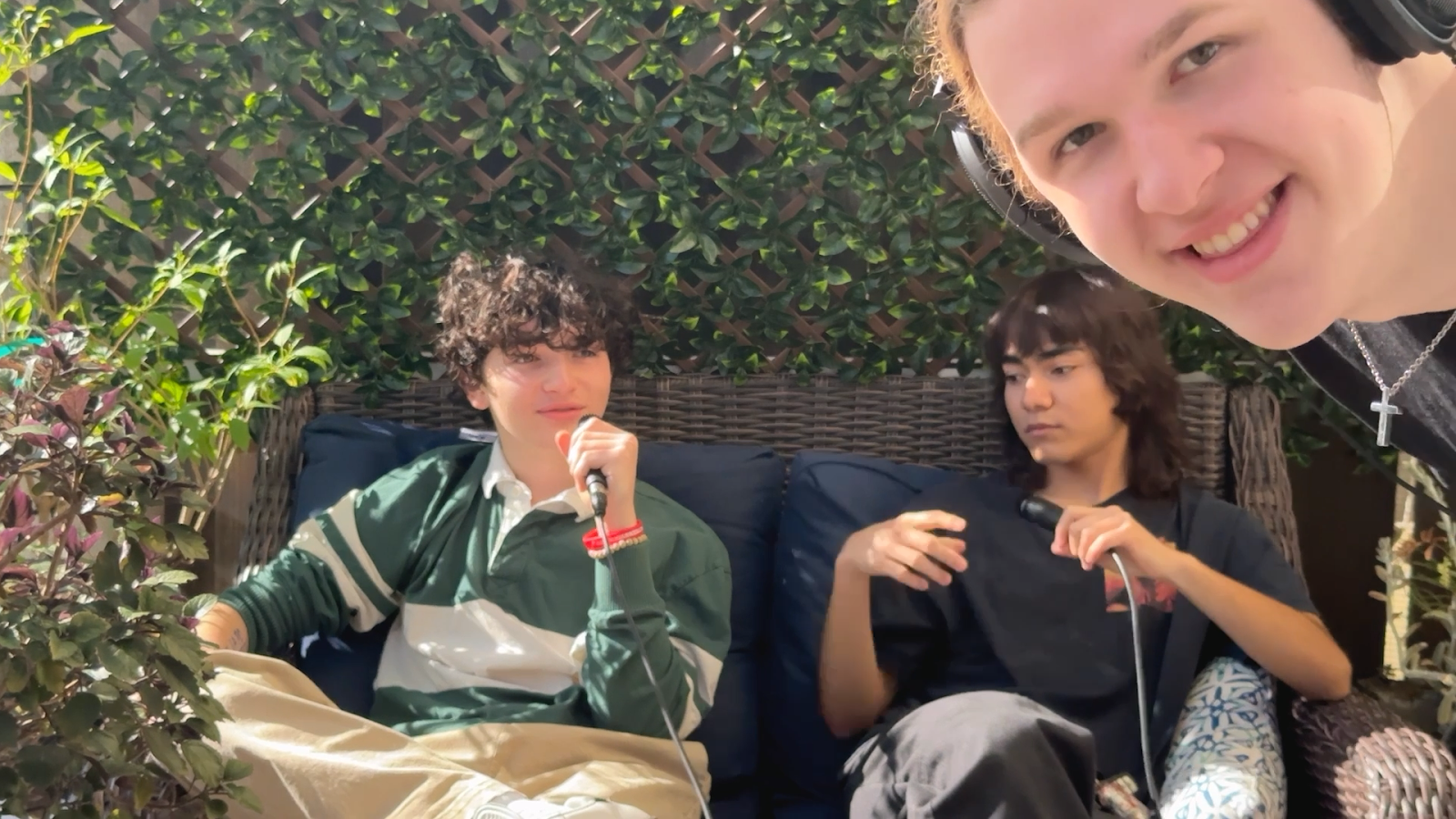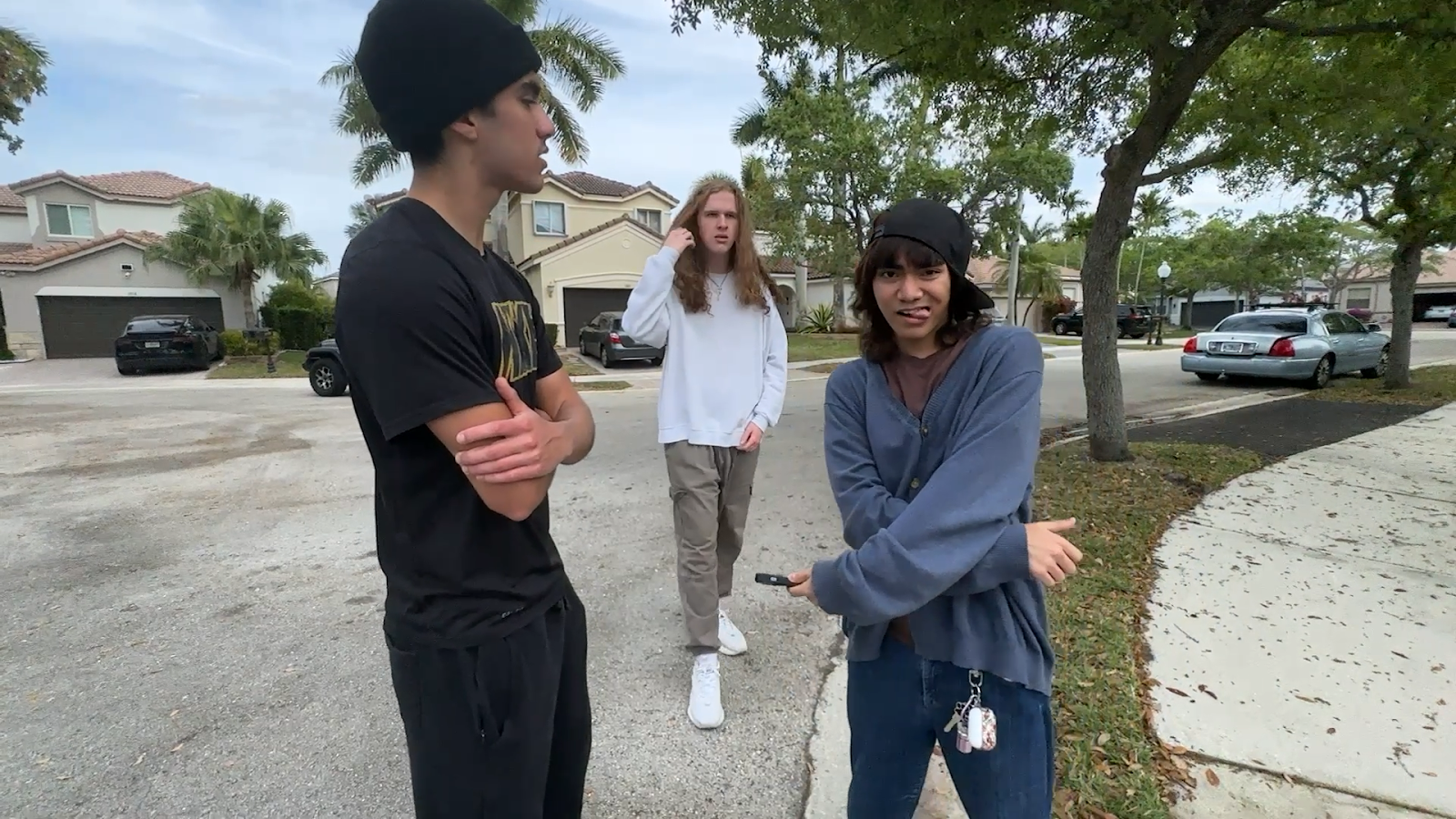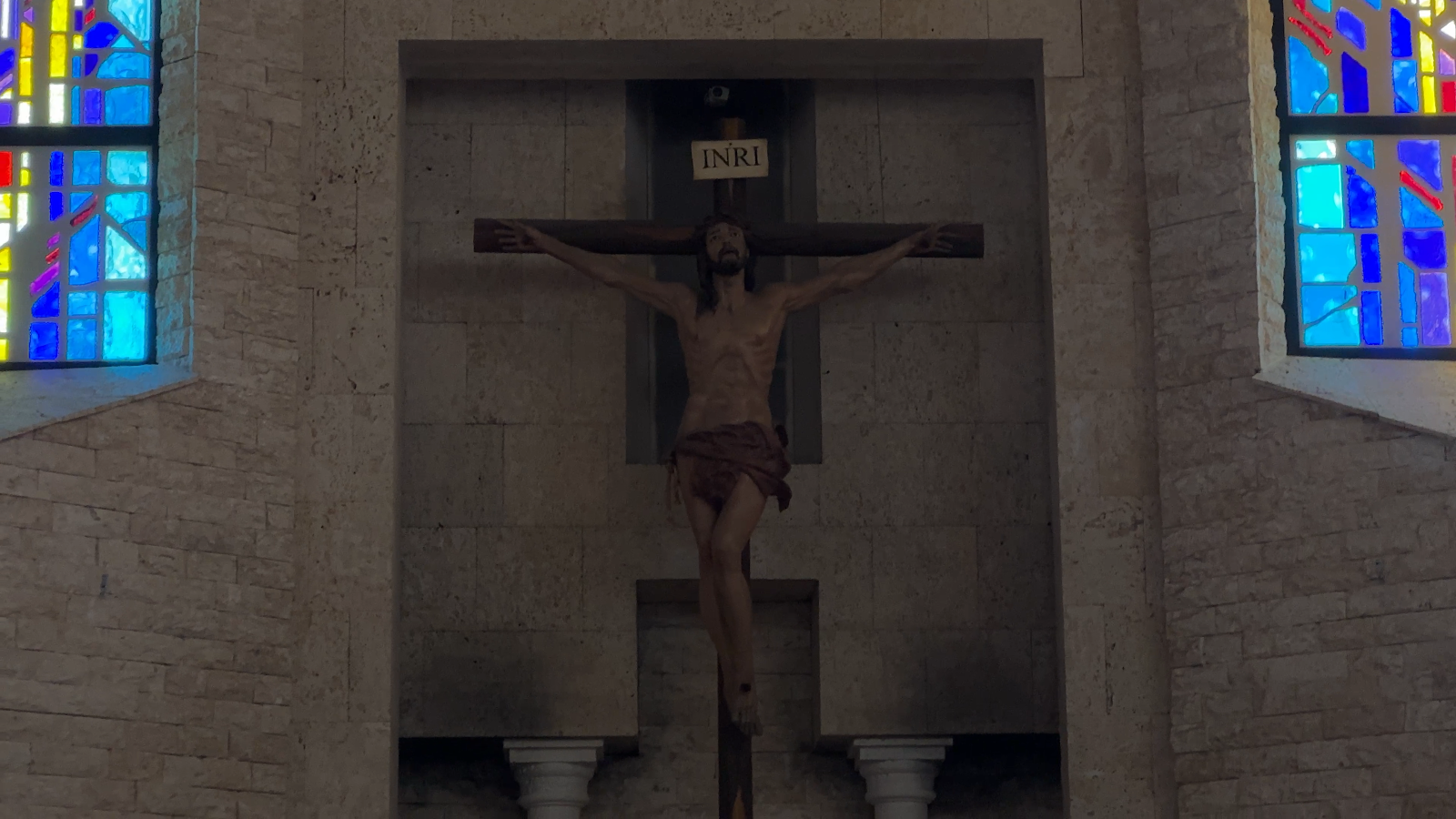It Is Finished.
Wow, it is finally over. The portfolio project has literally taken over my life. If you have seen the second season of Stranger Things, I'd say the portfolio project is equivalent to the Mind Flayer, and I am Will Byers. I swear this project has been the main thing on my mind for the past two months and has controlled my every thought and movement.
If you know anything about me, you would know that I approach everything (that I am interested in) with the mindset that "everything has to be perfect." Knowing this, it makes sense why I stressed out so much on all aspects of this project in the aim for perfection.
The Blog
The blog. Some call it Blogger. Others call it the Blog of Death, Despair, and Suffering. I fall into the latter camp of thought. While it was a lot of effort to keep up with the blog alongside the production of our film opening and CCRs, it was a learning experience in both time management and critical reflection.
In the earlier weeks of this project, our blogs were mainly focused on research regarding the genre conventions of the genres we intended our film to be about. These blog posts took the longest and required the most thinking, but were also the most interesting to write and highly useful to the planning of our film opening. Specifically, my research in film openings (Portfolio Project: Film Opening Analysis) and the use of color in film (Portfolio Project: Color Analysis in 'Guilty of Romance') helped me the most in seeking a style and purpose for our film opening.
The pre-production blog posts were also challenging but helpful in honing in on what we really wanted They Lay in a Pool of Blood That Is Not Their Own! to be, as the blog prompts brought up questions that were essential to creating the foundation for a full-fledged film idea. Later, our blogs became more focused on production and post-production. These stages of our blog postings required less critical thought, but proved themselves to be a challenge in being able to succinctly summarize production and post-production processes using proper terminology.
Film Opening
This was obviously the most fun part (eye roll, you should have known this). To see an idea become a planning document become a mood board become a script (and so on and so forth) become, finally, a neatly polished film opening is the most rewarding feeling. Our experience in a long form project like this, where every decision must be backed by intention, while not totally realistic (as sometimes art is merely a form of expression without any real meaning), gave me a mere taste of how much thought and effort goes into a formal production.
Since I have discussed my improvement in pre-production, production, and post-production in my CCR blog posts, I will keep this section short. But, the film opening was a turning point in my writing, directing, and editing skills. Previous film projects throughout the years have seen me improve in short bursts, but none have held a flame to the portfolio project's long-term nature, which led to consistency in practice and therefor much improvement in my skills.
Getting to work with a crew comprised of all my friends made the process all the more fun. Since none of them were actors, it forced me to really hone in on directing the actors, giving me invaluable experience. It was also a lesson in planning and communication, as getting three people together for a shoot is not easy when everyone has other things going on in their life besides acting as a favor.
CCR
The CCRs were also extremely fun while being a learning experience. The CCR allowed me to let my creative energy shine, creating ideas for both CCRs that were comedic, entertaining, borderline nonsensical, all while still answering the questions at hand.
I swear, both CCRs were somehow fully planned out AND fully improvised at the same time. I am obviously exaggerating, but if it weren't for my previous experience with creating the film opening, it would have been ten times harder to create the CCRs in the time allotted to us. However, the production of both of my CCRs were relatively efficient and stress-free, and seeing the final product was highly rewarding. The only really stressful aspect of the CCR was the editing, but this is more likely due to burn out as I feel like I have been editing non-stop for the past three weeks.
One Final Thought
My longest lasting bit on this blog has been the Jd quotes at the end of each portfolio project post. Some have been hits, and some have been misses. However, I will miss writing these. The feeling of writing a quote after grinding away at a blog post for over an hour (or maybe even more in some cases) remains unrivaled, as after the quote is written, I can hit "Publish" and be done for the day.
While I am wrapping up this project, I also feel like I am wrapping up my high school career. I am a senior, and this portfolio project has been the biggest challenge I have conquered all throughout high school. After I am done with this, it feels like there is nothing left to be done (besides exams). Now, I will move on to college and pursue film in a higher learning environment. So, I will end this blog how it started.
"I am thoroughly excited for having completed this backwards and upside down dirt bike ride that was the AICE Media Studies AS Portfolio Project" - Jd











